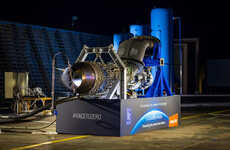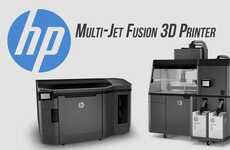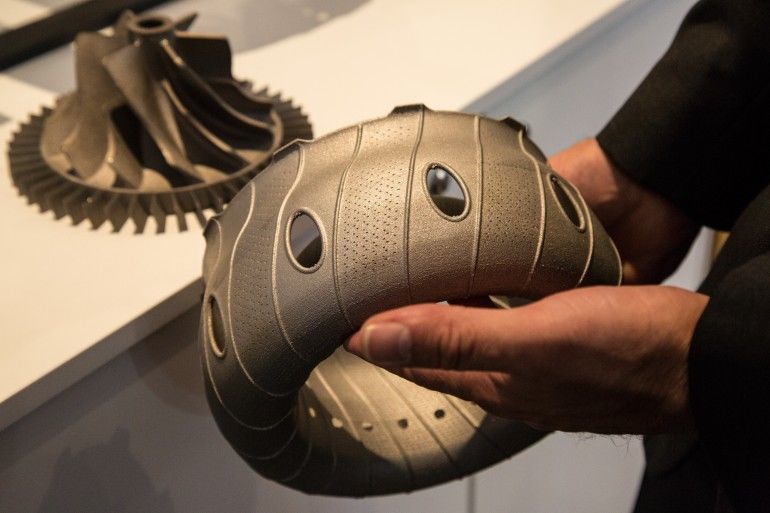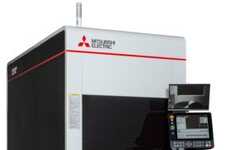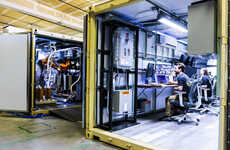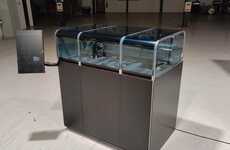
The World's First 3D-Printed Jet Engine Was Created In a Year
Rahul Kalvapalle — March 2, 2015 — Autos
References: scienceinpublic.au & gizmag
Researchers from two Australian universities and the Commonwealth Scientific and Industrial Research Organisation have created the world's first 3D-printed engine -- and, not quite satisfied at having already made history, created the second 3D-printed engine too.
The researchers took an existing gas turbine engine, took it apart and scanned all the individual components. Computer models generated from the scans was allied with the use of laser layering to build replica components which were then assembled to produce the 3D-printed jet engine.
The project took a year to complete, and has attracted the attentions of numerous aerospace companies looking to incorporate the technology into their processes.
It is hoped that a 3D-printed jet engine will be tested within a couple of years. This technology could revolutionize the aerospace industry by virtue of the ease and speed at which engines could be produced.
The researchers took an existing gas turbine engine, took it apart and scanned all the individual components. Computer models generated from the scans was allied with the use of laser layering to build replica components which were then assembled to produce the 3D-printed jet engine.
The project took a year to complete, and has attracted the attentions of numerous aerospace companies looking to incorporate the technology into their processes.
It is hoped that a 3D-printed jet engine will be tested within a couple of years. This technology could revolutionize the aerospace industry by virtue of the ease and speed at which engines could be produced.
Trend Themes
1. 3d-printed Aerospace Components - The use of 3D printing to produce aerospace components could lead to faster, more customizable, and cost-effective production processes.
2. 3D Scanning Technology - Utilizing 3D scanning technology to create digital models of complex engineering components presents an opportunity for improved manufacturing processes and customization options.
3. Additive Manufacturing - The increasing popularity of 3D printing and additive manufacturing creates opportunities for innovation in various industries, including aerospace.
Industry Implications
1. Aerospace - The development of 3D-printed jet engines could significantly disrupt the aerospace industry by enabling faster and more cost-effective production of aerospace components.
2. Manufacturing - The use of 3D scanning and printing technology in the manufacturing industry offers opportunities for innovative processes and cost-effective production.
3. Engineering - The use of 3D scanning and printing technology in engineering could revolutionize the way complex components are created and assembled, offering customization and design opportunities not previously possible.
4.4
Score
Popularity
Activity
Freshness



